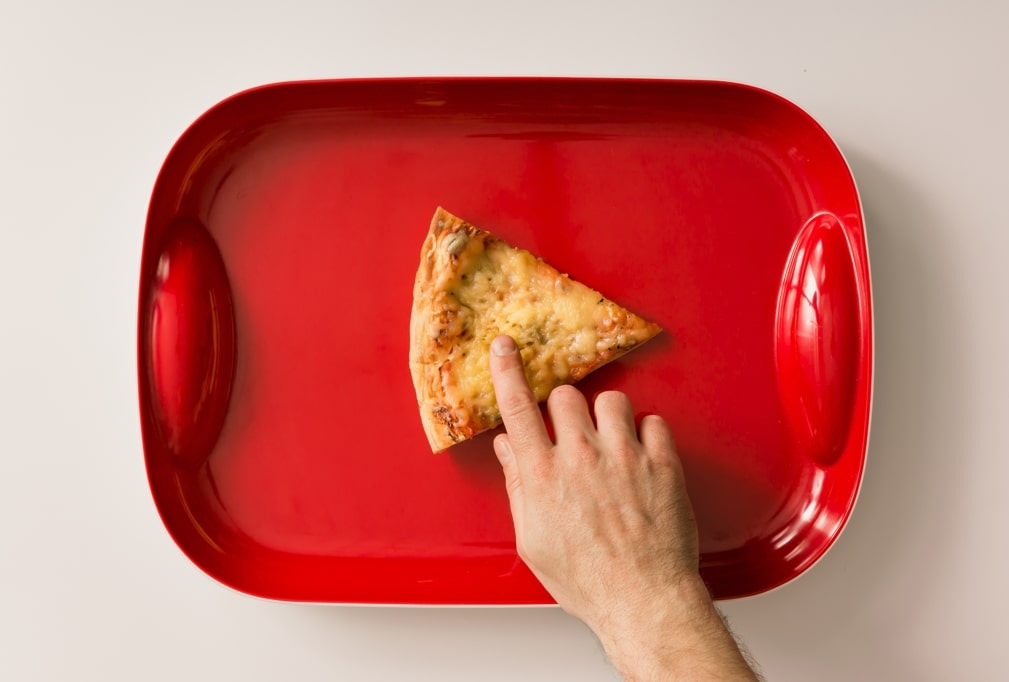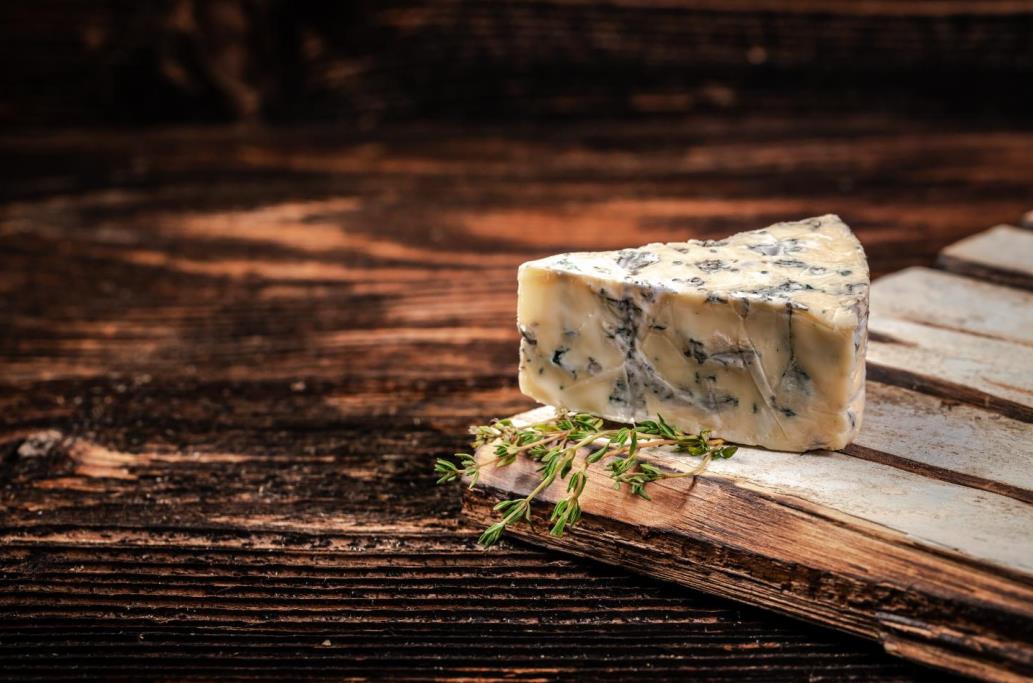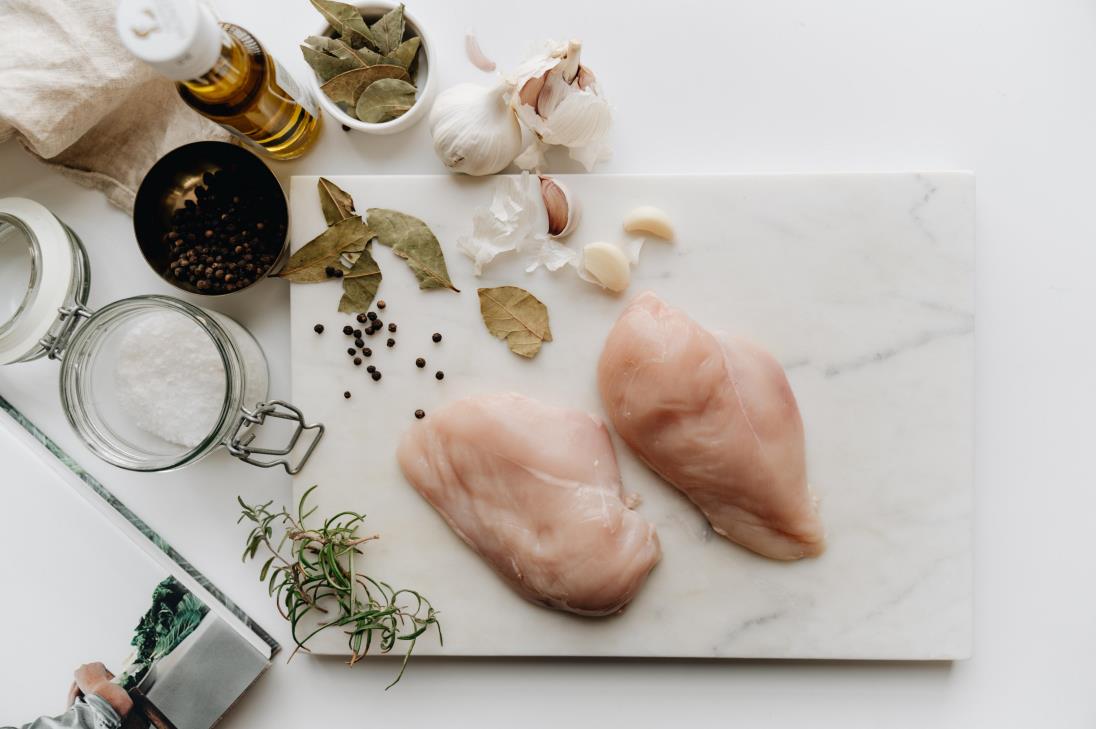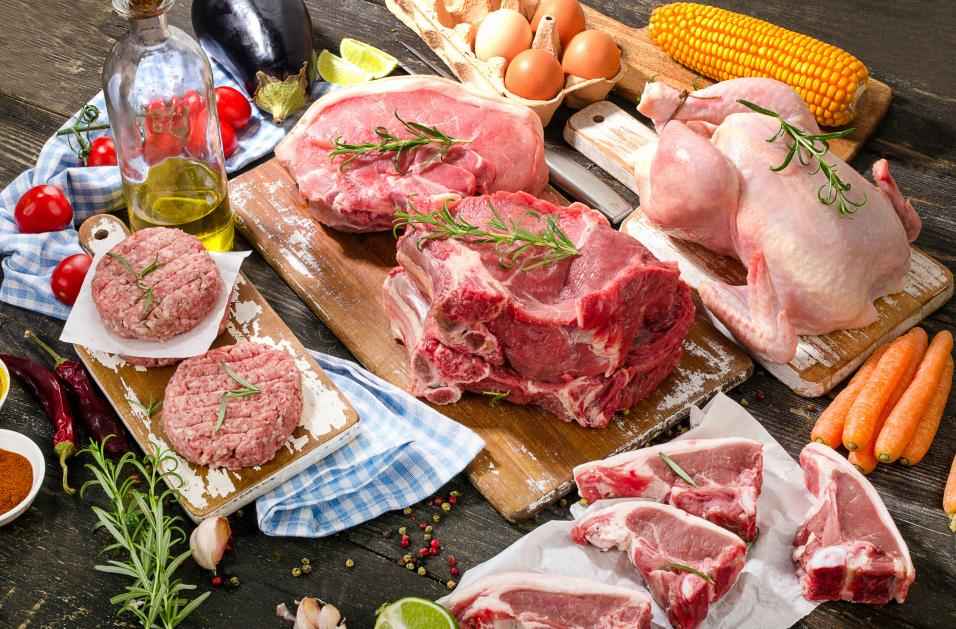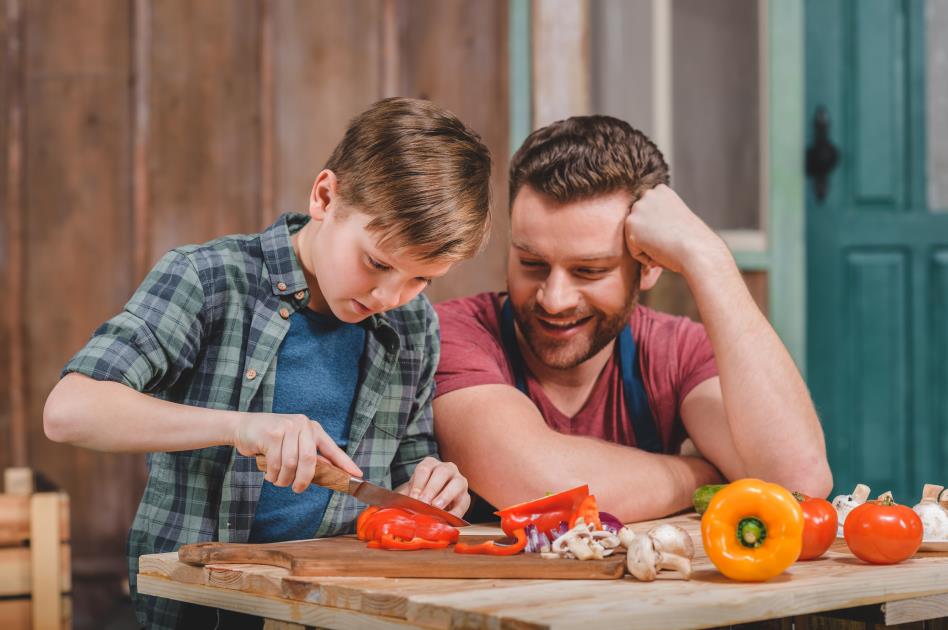Few pieces of kitchen equipment are as essential as a cutting board. Whether chopping vegetables, slicing meat, or simply preparing sandwiches, a good cutting board will make your life easier in the kitchen. Sure, if you have the manual dexterity of a surgeon, you could probably accomplish much with a paring knife and a less-than-optimal surface. But for the rest of us, a trusty cutting board is key to making quick work of meal prep.
The main types of cutting boards include wood, plastic, bamboo, composite, and glass. We also have butcher blocks, which are a type of wood cutting board made specifically for meat. Each of these boards has unique benefits and drawbacks that make them more or less ideal for different types of kitchen tasks.
As you read on, we’ll explore the different types of cutting boards in greater detail, including their features, pros, and cons. By the end of this guide, you’ll know exactly which kind of board is right for your needs.
Table of contents
Wooden cutting board
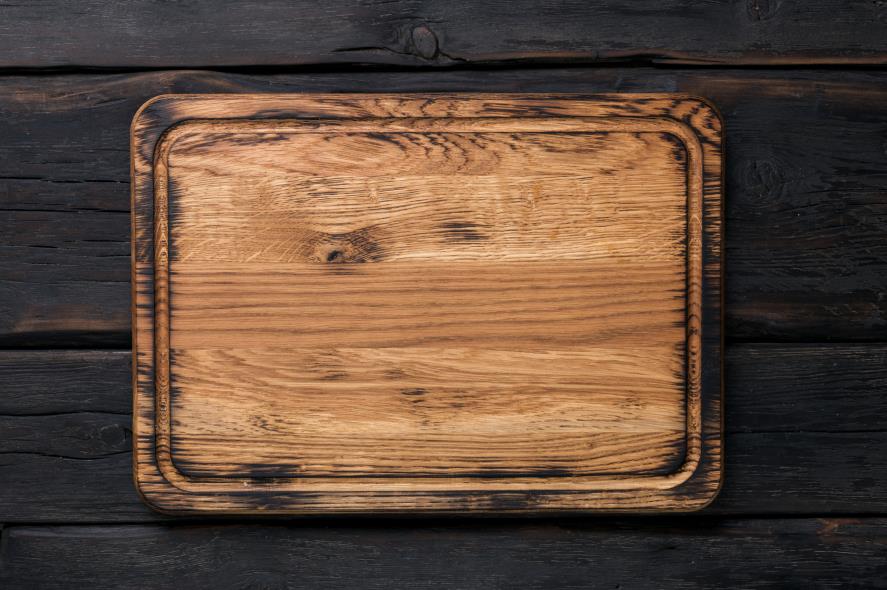
Ever since the days of chopping wood for kindling, we’ve been using wooden boards for various tasks. It’s only natural, then, that wooden cutting boards would become a staple in the kitchen. These boards are the most popular type on the market and for a good reason. They’re versatile, durable, and easy on your kitchen knives.
Many reviews consider wood the best cutting board material. Given proper care, a wood board can last for years, even decades. And when it does finally reach the end of its lifespan, you can sand it down and refinish it, essentially giving it a whole new lease on life.
Choosing the right wooden cutting board goes beyond simply finding one that looks good in your kitchen. The type of wood you select will significantly impact the board’s durability and how easy it is on your knives.
You need to consider if the wood is end grain, face grain, or edge grain. Other factors that may influence your decision are the boards’ thickness and hardness.
Pros
- Wooden boards are gentle on knives. With proper care, they can last for many years.
- Many believe wood has a more pleasant feel than plastic or composite boards.
- You can find wood cutting boards in a wide range of sizes, shapes, and styles to suit your needs.
- Wooden boards are easy to clean and sanitize.
- Some woods are natural antimicrobials, which can help keep your food safe.
Cons
- If not correctly cared for, wood cutting boards can crack, warp, or split.
- They require more maintenance than other boards, such as regular oiling and sanding.
- Wood is a porous material that can absorb liquids and harbor bacteria.
- Wood isn’t dishwasher safe and should never be left to soak in water
Features of wood cutting board
- Made from various types of wood, including hardwoods like maple, walnut, and cherry, as well as softwoods like pine
- It comes in different cutting board sizes and shapes, from small cutting boards that are perfect for chopping vegetables to large ones that can accommodate an entire roast.
- It can be end grain, face grain, or edge grain.
- Some woods are naturally antimicrobial, such as bamboo
- Some cutting boards are thick, while others are thin
Handpicked for you
True cutting power in the palm of your hand
End grain, face grain, and edge grain cutting boards
The three main types of wood cutting boards are end grain, face grain, and edge grain. Here’s a quick overview of each type:
End grain

End grain cutting boards are made from small pieces of wood glued together so the grain’s end, or cross-section, faces up. Essentially, the top of the board shows the end of the tree or the rings of wood instead of the long boards of wood that make up the tree’s trunk.
Many believe end grain boards are the best type of cutting board because they’re gentle on knives and tend to last longer than other types. While this may be true, the design of end grain boards also has some disadvantages. The pieces of wood glued together are more susceptible to moisture and heat than a solid piece.
Moreover, the wood is cut against the grain, thus absorbing more water and swelling than other types of boards. Because of their construction design, end grain boards are also the most expensive type of cutting board. They are thicker, about two inches, and heavier than other boards.
Edge grain
Edge grain cutting boards are made from long, thin strips of wood glued together so the grain runs parallel to the board’s length. The top of the board shows the side of the tree trunk, not the end. Edge grain boards are less expensive than end grain boards; like end grain boards, they’re also glued together from smaller pieces of wood.
Edge grain boards are durable, easy to care for, and less expensive than end grain boards. However, they’re not as gentle on knives and may require more frequent sanding and oiling using food-grade mineral oil to keep them in good condition.
Edge grain boards are also thinner, usually about one to 1.5 inches. The boards are more likely to hold scarring and scratches from knives because when you cut on them, you’re actually cutting against the grain. Like end grain boards, proper care and maintenance can help reduce wear and tear.
Face grain
Face grain or flat grain cutting boards feature planks of wood glued from edge to edge with the grain running parallel to the board’s length. The top of the board shows the wide boards that make up the tree’s trunk. The advantage of face grain boards is that they’re the cheapest type of wood cutting board.
The disadvantage of face grain boards is that they’re the least durable and require more maintenance than other types of boards. These boards are prone to splitting and cracking, and the grain can dull knives over time. Face grain boards come in various sizes and thicknesses; the thicker the board, the more expensive it is.
Popular wood cutting board
Not all wood cutting boards are equal. Some are hardwood, while others are softwood. Most cutting boards feature hardwood because it’s more durable and gentle on knives. However, hardwood boards are also more expensive.
Below are some of the most popular hardwoods used for cutting boards:
- Acacia: Acacia is a sustainable hardwood that’s become popular in recent years. It’s a tight-grained wood with a dark brown color and a medium hardness. Acacia is more expensive than other hardwoods but is also durable and highly resistant to warping.
- Teak: Teak is a tropical hardwood that’s dark brown or golden brown in color. It shrinks less than other hardwoods, making it a good choice for cutting boards. Teak is also resistant to water and doesn’t require much maintenance.
- Maple: Maple is one of the most sought-after hardwoods for cutting boards. While its hardness makes it resistant to scratches, it’s not so hard that it damages knives. Maple is also easy to find and relatively affordable.
- Beech: Beech is another popular hardwood for cutting boards. The closed-grain wood is light brown and highly resistant to staining. Unlike other hardwoods, the tiny pores make it more resistant to moisture, keeping off bacteria and making it easy to clean.
Plastic cutting board
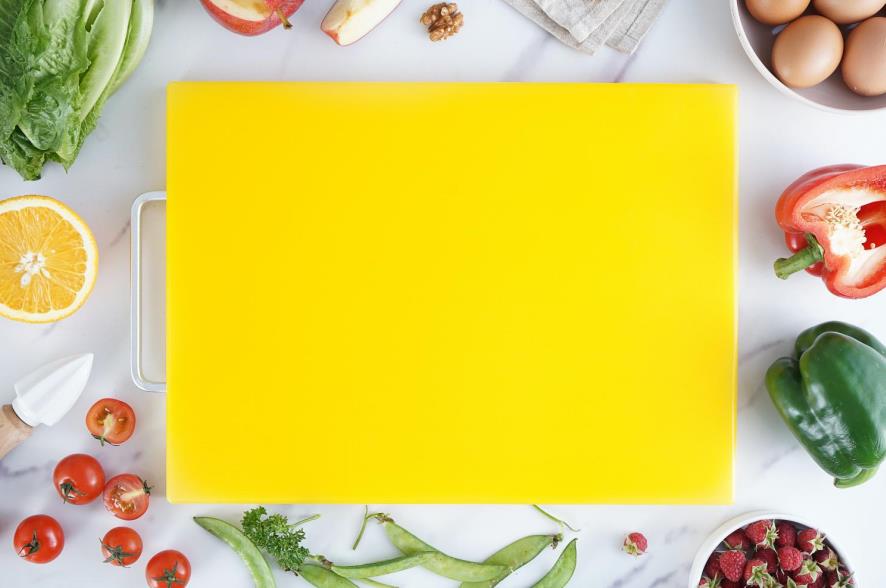
Plastic cutting boards come in different colors, sizes, and shapes. Those who use plastic cutting boards love them because they are easy to care for and are relatively inexpensive. You won’t be handing them down to your children, but they’ll last you a few years. Given the low price point, that’s not a bad deal.
Once you cut on a plastic board, the mark stays there forever. More grooves and nicks mean more places for bacteria to grow. That’s why it’s crucial to replace your plastic cutting board when it starts to show wear and tear.
Not all plastic materials feature the same density. For instance, HDPE (high-density polyethylene) is heavy, tough plastic, whereas PE (polyethylene) is lighter and less durable. In general, the heavier the plastic, the better quality it is.
Pros
- Plastic is inexpensive, meaning replacing the board won’t break the bank.
- The material is easy to clean and care for. You can even put it in the dishwasher.
- It doesn’t require any special treatment, such as oiling or seasoning.
- The different colors make it easy to designate certain boards for certain foods. For example, you can use a green board for veggies and a red board for meat.
Cons
- Plastic is not as durable as wood and will show wear and tear over time.
- The material is prone to scratches and grooves, which can harbor bacteria.
- It’s not as gentle on knives as wood, meaning your blades will dull faster if you use a plastic cutting board.
Features of plastic cutting board material
- Plastic is non-porous.
- The material can either be flexible or rigid.
- It can be color-coded, making it easy to track which board is for which food group.
- You can find plastic cutting boards with spikes or raised edges to prevent slipping.
Bamboo cutting board
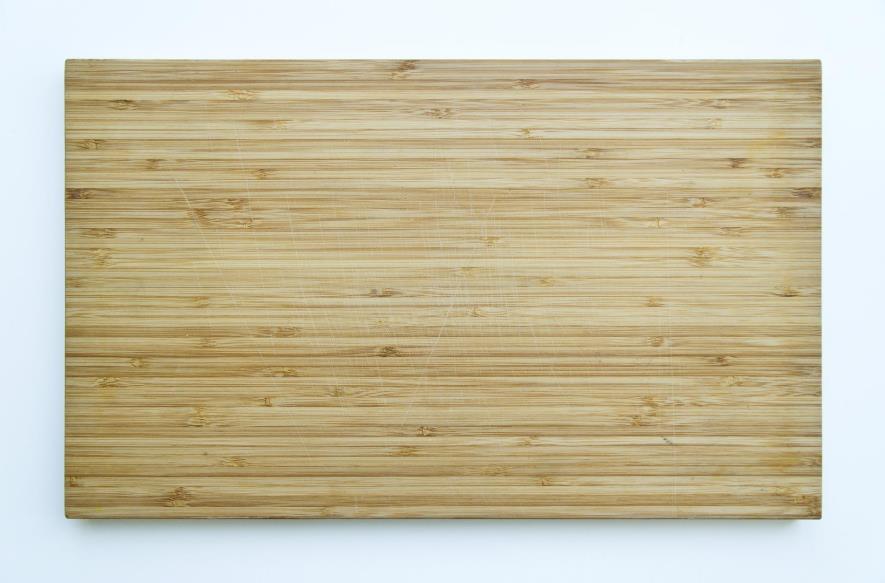
Bamboo is the closest alternative to wood cutting boards. It shares many of the same properties as wood, making it a good choice for those who want a durable and sturdy cutting board. Bamboo is also a sustainable material, as it’s one of the fastest-growing plants in the world. While it looks like wood and even feels like wood, bamboo is technically grass.
The nature of bamboo makes it ideal for cutting boards. It’s a composite material, meaning it’s made up of tightly bound cellulose fibers and lignin. This composition makes it harder than wood, meaning it won’t nick or scratch as easily. Bamboo is also antimicrobial and resists moisture, making it a hygienic choice for cutting boards.
Pros
- Bamboo is a sustainable material that’s gentle on the environment.
- The boards are durable and resistant to scratches and nicks.
- They’re also antimicrobial, meaning they won’t harbor bacteria.
- Bamboo is less expensive
- Water-resistant
- Non-slip surface
Cons
- Bamboo requires regular maintenance
- The non-slip surface can be rough on knives
- Not as heat-resistant as wood or glass
Features of bamboo cutting board
- Bamboo is a sustainable, eco-friendly material.
- The boards are durable and hardwearing.
- They’re antimicrobial and resist moisture.
- Bamboo cutting boards come in a variety of sizes and shapes.
Butcher block
When asked what’s so special about butcher blocks, of course, the first thing that comes to mind is that they’re used by, well, butchers. But even if you’re not in the meat-cutting business, you can still enjoy the benefits of this cutting board. The design of butcher blocks makes them ideal for prep work and use as a serving tray.
What is a butcher block?
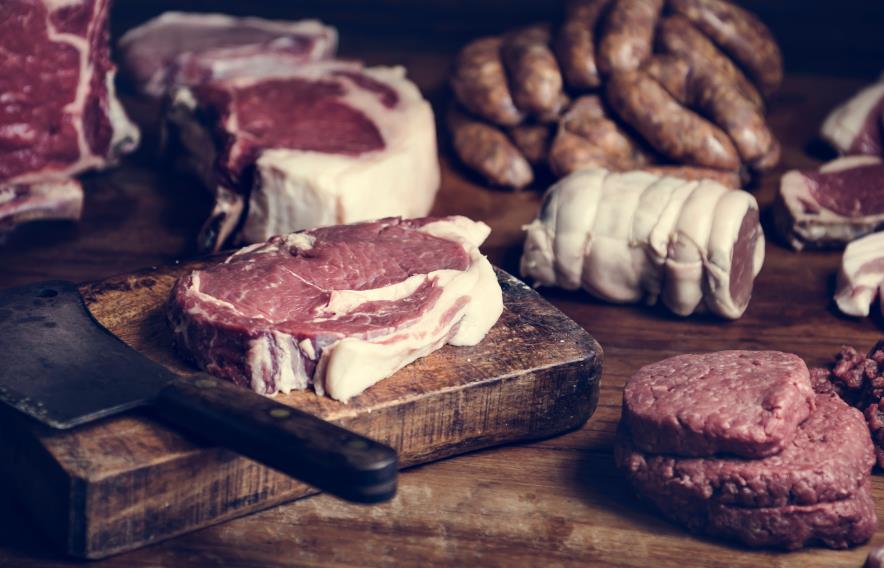
A butcher block almost always features end-grain construction. End grain boards are made by fusing the end pieces of wood, which results in a checkerboard-like pattern on the surface. Most butcher blocks measure between 1.5 and 2 inches thick. They aren’t smaller than 12 by 12 inches, but they can be much larger.
While the porous surface of a butcher block can absorb moisture when soaked, it won’t warp like other cutting boards. Moreover, the end-grain construction makes the surface less likely to show nicks and scratches. Some feature a juice groove around the perimeter, handy for collecting excess liquid from meat, fruits, and vegetables.
Butcher block vs. regular cutting board
The main differences between a butcher block vs. a cutting board lie in the purpose, type of wood grain, cleaning, size, and weight. Butcher blocks are perfect when preparing large cuts of meat or multiple ingredients for a dish since they offer ample space, whereas a cutting board is better suited for smaller tasks like chopping vegetables.
It’s easier to clean a regular cutting board than a butcher block because a cutting board is smaller. The size and weight of a butcher block make it difficult to maneuver and clean. Regarding wood grain, most if not all butcher blocks feature end-grain construction, while cutting boards can be either end or side grain. Most chefs love end grain because it’s gentle on knives.
What type of cutting board is the best for you
The ultimate choice of a cutting board depends on your needs, preferences, and budget. Bamboo is the way to go if you’re looking for a sustainable and eco-friendly option. However, if you’re looking for a durable board that can withstand years of wear and tear, a wooden cutting board is the way to go.
Plastic boards are a good choice if you’re looking for an inexpensive board that’s easy to clean. However, they’re not as durable as wood or bamboo boards and can harbor bacteria. A butcher block is perfect if you’re anticipating heavy use, like when preparing large cuts of meat.
Handpicked for you
True cutting power in the palm of your hand
Closing
We hope that from the above article, you now have a better understanding of the different types of cutting boards available on the market. Although the ultimate choice depends on your needs, preferences, and budget, always consider the pros and cons of each type of board before making your decision.
Our blog has more information on cutting boards, like a comparison between wood vs. plastic cutting board, so feel free to check it out. You can also visit our store if you fancy high-quality kitchen knives.








